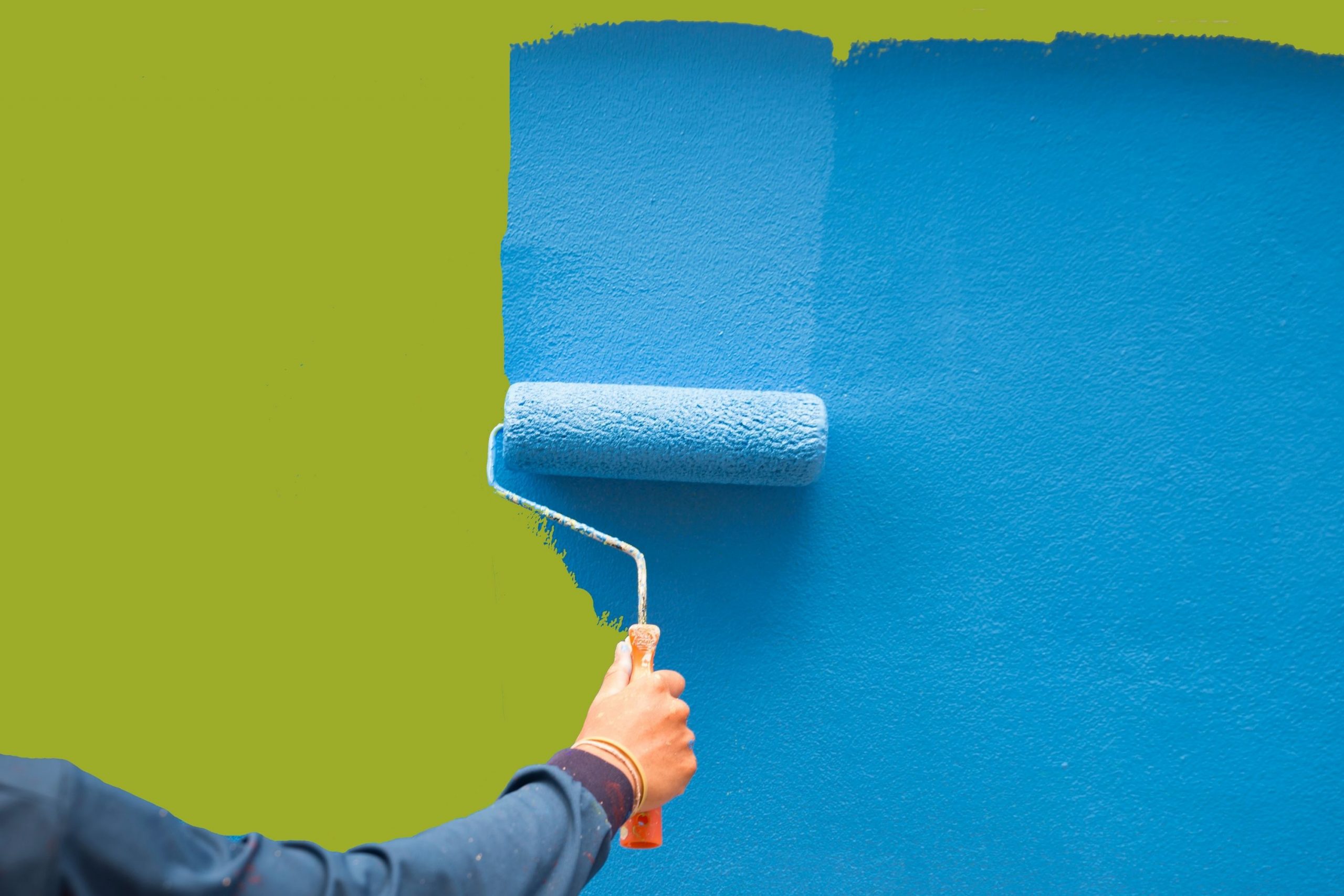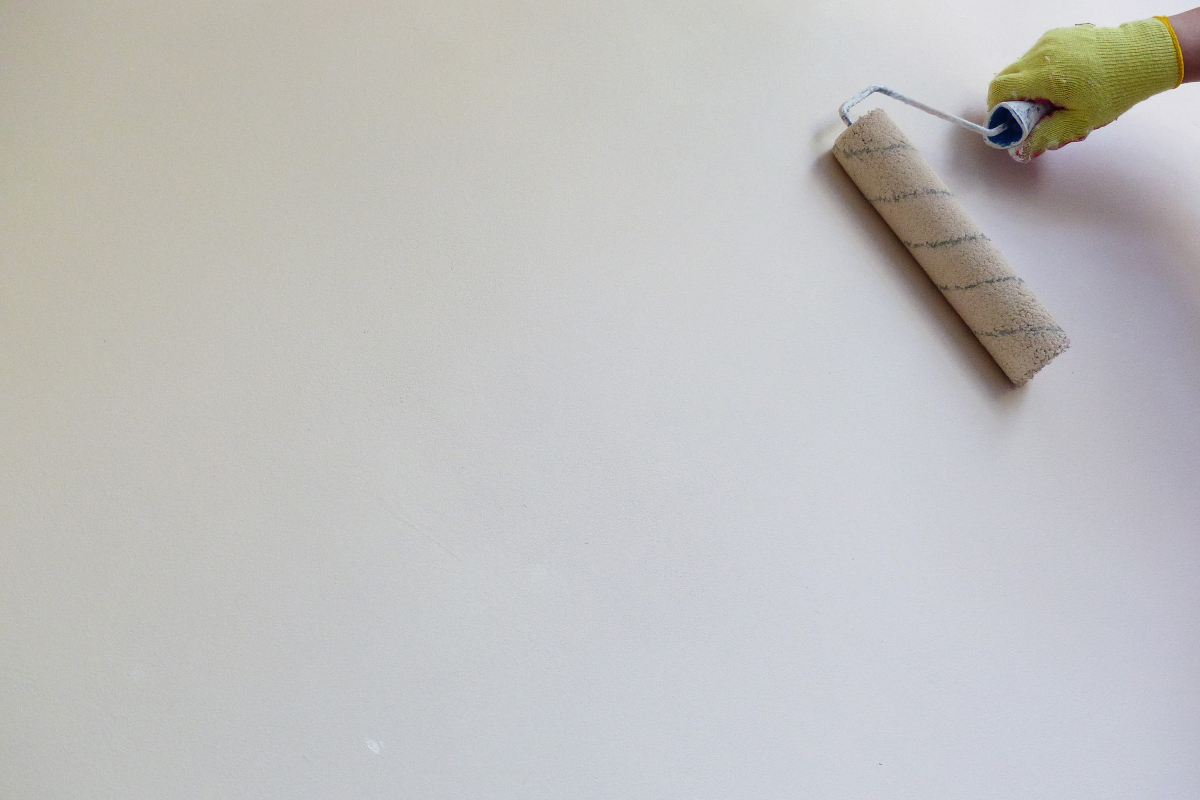Preparation of walls of the house you found on the website http://myhousewithme.com/ for subsequent painting – a time-consuming and complex process, which depends on the appearance of the coating after finishing. Any flaws and irregularities in the surface after the repair will be visible. In this article, we will consider in detail how to properly perform the preparation of walls for painting with a contractor or with your own hands.
Walls for painting – stages of work
- Removing the old coating from the work surface
The old finish should be carefully removed. Wallpaper is easily removed if you wet it with a soapy warm solution. The whitewash can be washed off with normal warm water. Paint can be removed with a trowel, pre-tapping the wall with a hammer, or using a rotary hammer. Hanging trim is simple to remove with improvised tools.
- Defects elimination
After dismantling the old coating, it is necessary to inspect the working base for cracks, pieces of loose plaster, the presence of fungus. Peeling plaster completely removed. If dismantling is carried out partially, cracks are primed and leveled with putty. Cracks on the walls are eliminated in different ways, depending on their depth and size. Small cracks are slightly widened, primed and covered with putty, while large cracks are removed with mortar. To protect against fungus and mold, walls are treated with antiseptic antifungal compositions.
- Priming
Primer should be applied over the entire surface of the wall with a foam roller from bottom to top. There is a huge range of primer compositions on the market, choose them with regard to the type of surface to be treated. You can use a universal option – acrylic primer. It is suitable for any working surface.
- Finishing putty
To prevent cracking of the plastered surface, glass fleece is glued to the wall before puttying. Adhesive for vinyl wallpaper is suitable for this purpose. After attaching the glass fleece, an additional layer of adhesive or primer should be applied. Then an even layer of finishing putty is applied. Two approaches are made.
After the putty dries completely, you need to carefully go over it with a fine mesh sandpaper, smoothing out the irregularities. Then the final coat of primer is applied.
That’s all, the walls are ready for painting. As you can see, the preparatory stage takes a lot of time, but if everything is done correctly, the result will be perfect!
